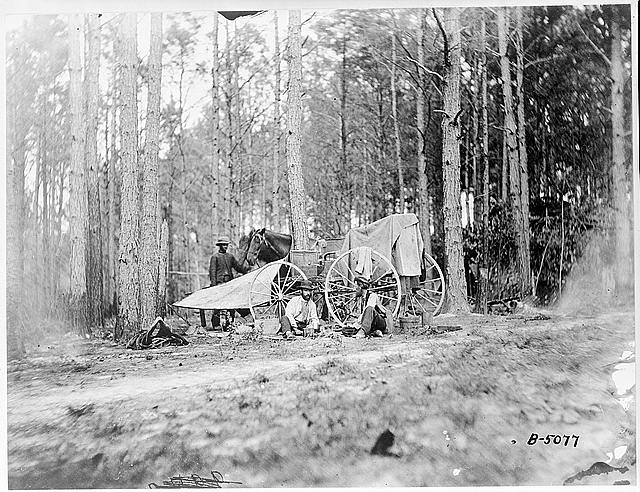| The best known professional photographer in history of America photographing, was born about 1822, in Warren Country, New York near Lake George. He was the son of Irish immigrants. In 1830's he became a resident of Saratoga Springs. About 1839 both men moved to New York City. Brady, for instance, was one of the first, if not the first, to use a large skylight as part of his photographic equipment. In 1847, he opened a temporary gallery in Washington and as a result became by 1850 the leading photographer of the times. Brady's reputation was still further enhanced when he went abroad in 1851 to exhibit at the Crystal palace exhibition in London, the first international competition among daguerreotypes and photographers. Only three medals were awarded daguerreotypists in the great exhibition and all three went to America. Brady was awarded one for collection of forty-eight portraits. While abroad in 1851 Brady became acquainted with the paper and wet plate prose, the latter having been introduced. In 1858, a permanent branch gallery was established and Bradys named became one of the became one of the best known today. The self-appointed pictorial history of his age, he decided to record by means of the camera the most important event in America history during the nineteenth century. |  |
In 1856 he opened a studio in Washington, D.C the best photographer for the nation foreign dignitaries. He became one of the first photographers to use photography to chronicle in nation history. Brady turned his attention to the Civil War. Brady did not actually shoot many of the Civil War photographs attributed to him. In 1862, Brady shocked America by displaying his photographs of battlefield corpses from antaean, posting a sign on the door of his New York gallery that read,'' The Dead of Antrim.'' This exhibition marked the first time most people witness the carnage of war. The New York Times said that Brady had brought'' home terrible reality and earnestness of war.'' Having risked his fortune on his Civil War enterprise, Brady lost the gamble and fell into bankruptcy. His negative until 1875, when congress purchased the entire archive for $25.000 Brady's dept swallowed the entire sum. He died in 1896, penniless and unappreciated. In his final years, Brady said,'' No one will ever know want I went through to secure those negatives. The world can never appreciate it. It change the whole coarse of my life.'' Despite his financial failure, Mathew Brady had a great and lasting effect on the art of photography. His war scene demonstrated that photographs could be more than pose portraits, and his efforts represent the first instance of the comprehensive photo-documentation of a war.
Mathew Brady Photo Lab at Petersburg, VA - 1864

<http://lcweb2.loc.gov/ammem/cwbrady.html>(am Sep. 22 - '97)
| <http://www.photo-seminars.com/Fame/mathew.htm> |
| Dylan Brunin
8th Grade 2000 |